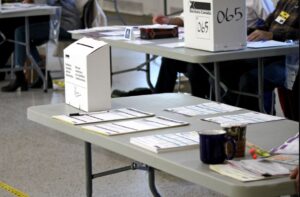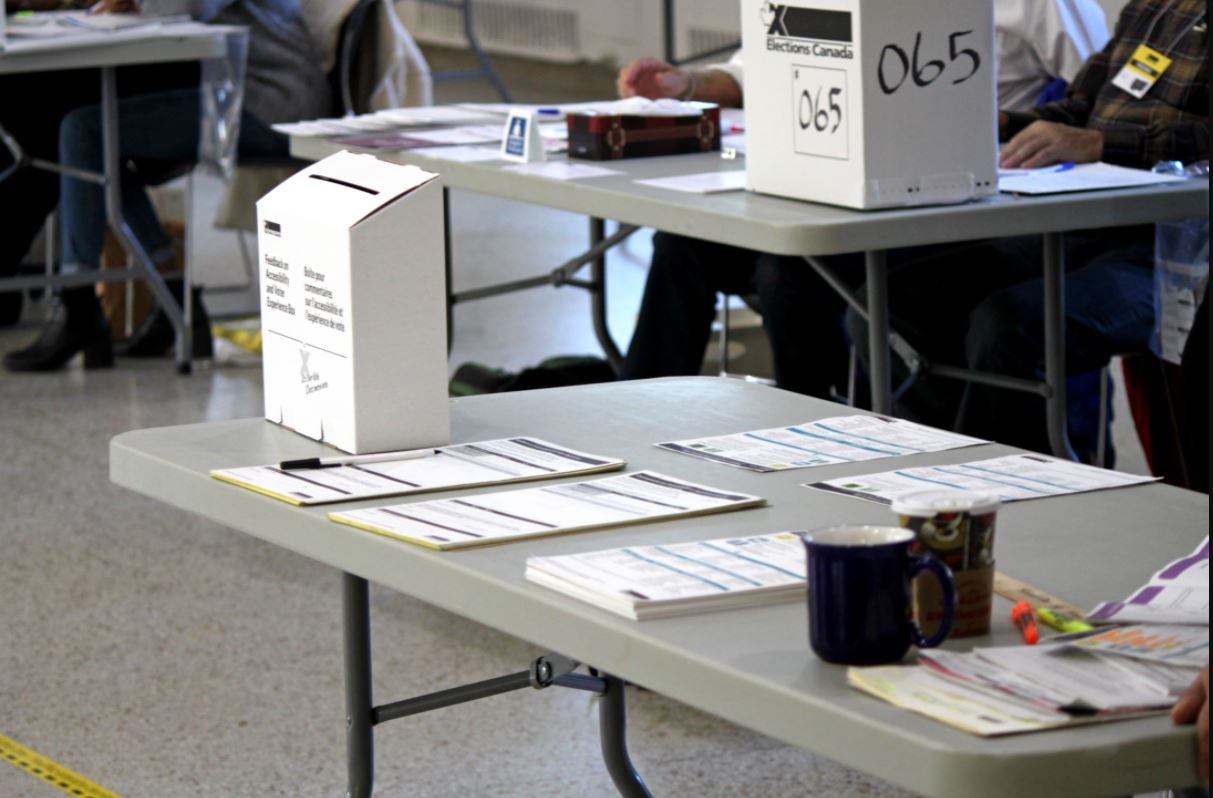Liberals and Conservatives still neck and neck in race for the GTA

TORONTO – The Liberal Party is ahead in voting intentions at the national level, but in the GTA the gap with the conservatives is minimal. This is the snapshot taken by three different polls published in the last twenty-four hours, which highlight how in these first stages of the election campaign the outcome of these early elections is far from already written and that, at the same time, whoever emerges winner of the result of the polls, will hardly be able to count on an absolute majority in the House of Commons.
In any case, at least at this stage, at the federal level the balance of power between the three main parties seems to have crystallized: the distance in voting intentions between Justin Trudeau and Erin O’Toole is around 5 percent, with Jagmeet Singh clearly detached and not far from the disappointing results of 2019. According to the first poll, that of Leger, if you were to vote at this time the Liberals would stand at 35%, while the Conservatives would not go beyond 30%. The NDP collects 20 percent of voting intentions, while the Greens and the People’s Party of Canada are very detached: the party led by Annamie Paul does not go beyond 5 percent, the one led by Maxime Bernier stands at 2 percent.
A second survey, the one published by Ipsos, essentially reveals the same dynamics. According to this opinion poll, the Liberal Party stands at 36 percent, followed by the Conservative Party at 31 percent. The NDP continues to play the role of third incomodo at 20 percent, the Green Party at 5 percent and the Bloc Quebecois at 6 percent nationally (28 percent in Quebec).
Both polls confirm the outgoing prime minister’s lead over O’Toole, with percentages that do not make the Liberal leader sleep peacefully. In fact, there are still many factors that could affect the final outcome of this early vote. First, the generalized feeling of skepticism towards the need to go to vote during the pandemic, with the fourth wave just around the corner and all the unknowns represented by the Delta variant in Canada and the rest of the world.
In addition to this, the weight of the undecided, who still represent an extremely significant slice of the Canadian electorate and who, at the end of the day, could be the real needle in the balance at the polls, should not be underestimated. Finally, another factor must also be taken into account, directly linked to Covid-19: that about 15 percent of the population that opposes the vaccine and that does not approve of the restrictive policies implemented by the outgoing government during the pandemic.
This is a substantial slice of the electorate, politically cross-party, which could ultimately veer towards the Conservative Party. It is not surprising that in recent weeks O’Toole continues to flirt with the no vax or vaccine-skeptical galaxy: at the polls, they will be very heavy votes for the final outcome.
But that’s not all. For Trudeau, worrying signs are coming from the Greater Toronto Area. The third survey, in fact, highlights how in the GTA the liberals and conservatives are in a situation of substantial statistical parity: the grits, according to the opinion poll by Forum Research, stand at 36 percent while the Tories reach 35 percent. And if the NDP inexorably continues to be nailed to 17 percent, it is from the right that clouds can be glimpsed on the horizon for the outgoing prime minister.
As for the distribution of consent, Trudeau would garner more votes among women, among people over 65, and in the 416 area. O’Toole, on the other hand, would have a further boost from men, in the electoral bracket between 55 and 64 years old and from those who reside in the 905 area.
The NDP continues to exercise its electoral appeal among the very young and among those who identify as “non-binary”.
Also according to Forum Research, Bernier’s People’s Party in the voting intentions of GTA voters reaches 6 percent, tripling the level of consensus it has on a national scale.
These are votes that could potentially represent the needle of the scales in dozens of electoral districts of Toronto and surroundings and many elections, at the end of the day, could opt for the so-called “useful vote”: at the polls, that is, instead of “wasting” the vote for a candidate who has no chance of winning, bet on the ideologically closest one. In this case, this potential pool of consensus would veer on O’Toole’s candidates, shifting the balance of this election.
These are obviously assumptions, for a vote whose dynamics are still very open. Another unknown will then be represented by the turnout: the presence of Covid protocols, which will inevitably produce long lines at the polling stations, could also discourage some voters from going to the polls.



